This article is all about Invasive Plant Species Sold at Garden Centers You Should Never Buy.
Many gardeners believe that the people who run our local garden center are professional and know exactly what they’re selling, and this is valid for the most part. But what happens when some of the most popularly purchased plants are also among the most invasive?
Because of our society’s globalization, it’s become effortless to obtain plants from all over the world, cultivate them, and sell them to gardeners all over the world.
Here’s a list of the 10 Invasive Plant Species Sold at Garden Centers You Should Never Buy. Let’s start.
10. Wisteria Sinensis (Chinese wisteria).
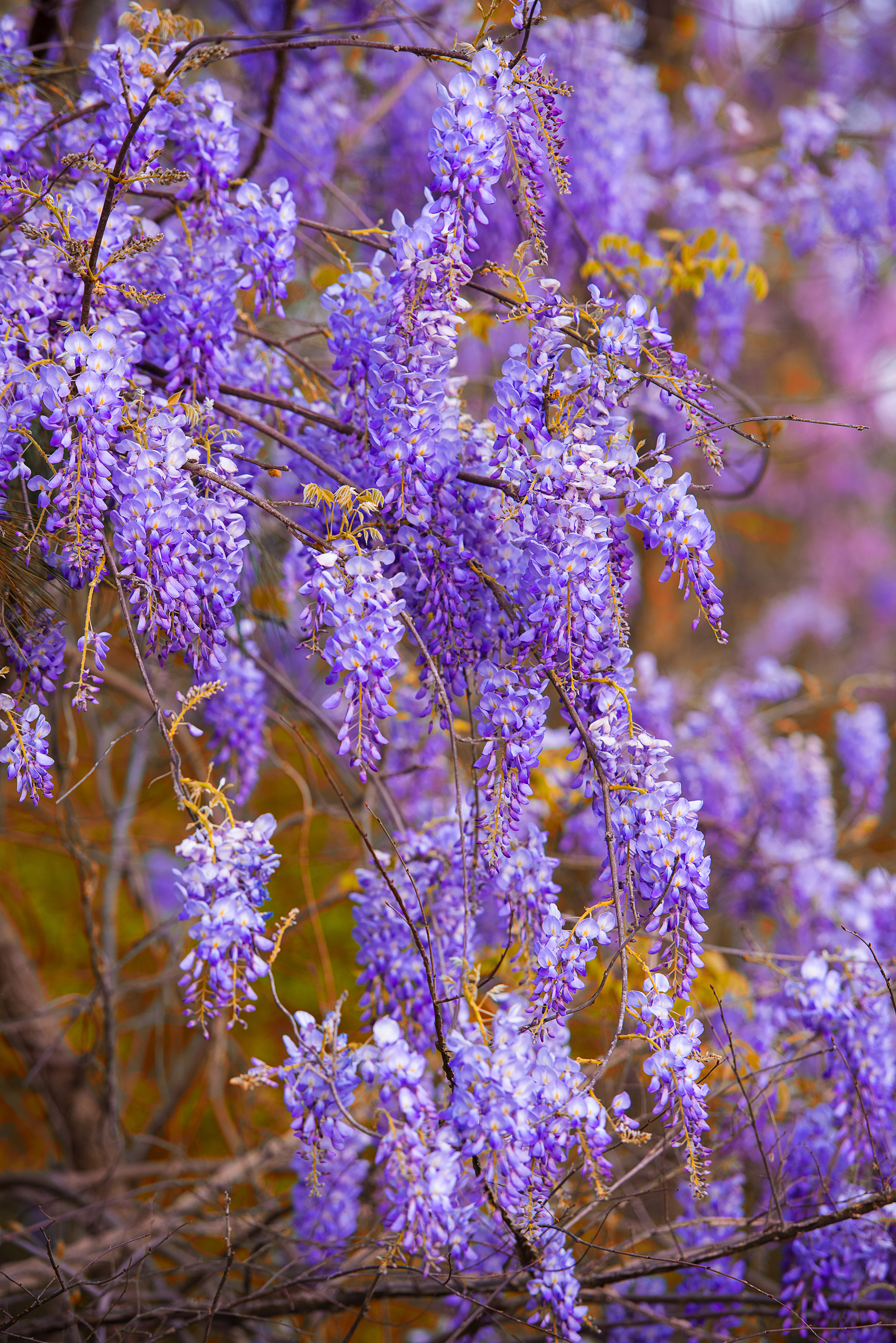
It was introduced from China to Europe and North America in 1816, and due to its flowering habit, it has become one of the most common flowering vines for home gardens. However, in some parts of the United States, it has become an invasive species. It has the potential to obliterate native organisms. Vining wisteria has destroyed several big trees. When large trees are felled, the forest floor is exposed to sunlight, allowing seedlings to develop and thrive.
9. Phyllostachys spp. (Bamboo).
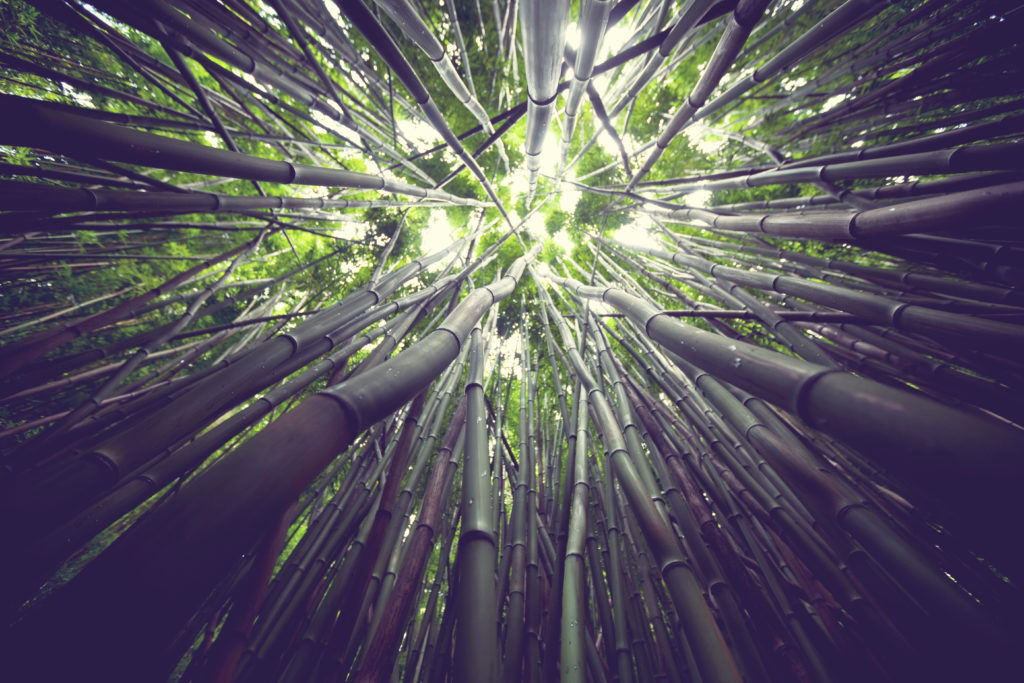
Bamboo, which is technically a giant grass, is one of the most invasive plants on the planet. It is virtually impossible to monitor once it has been planted. Each spring, the sprouts that emerge from the ground will grow up to 12 inches per day! The underground roots of common running “fish pole” bamboo, which can grow to be as tall as 15 feet, can move up to 20 feet from the original clump. There’s no doubt that bamboo makes a unique screen. It also appears to be suitable for tight urban spaces due to its slender shape. However, new shoots will emerge outside of its planting space in no time, triggering a maintenance nightmare.
8. Euonymus fortunei (Wintercreeper/Creeping euonymus).
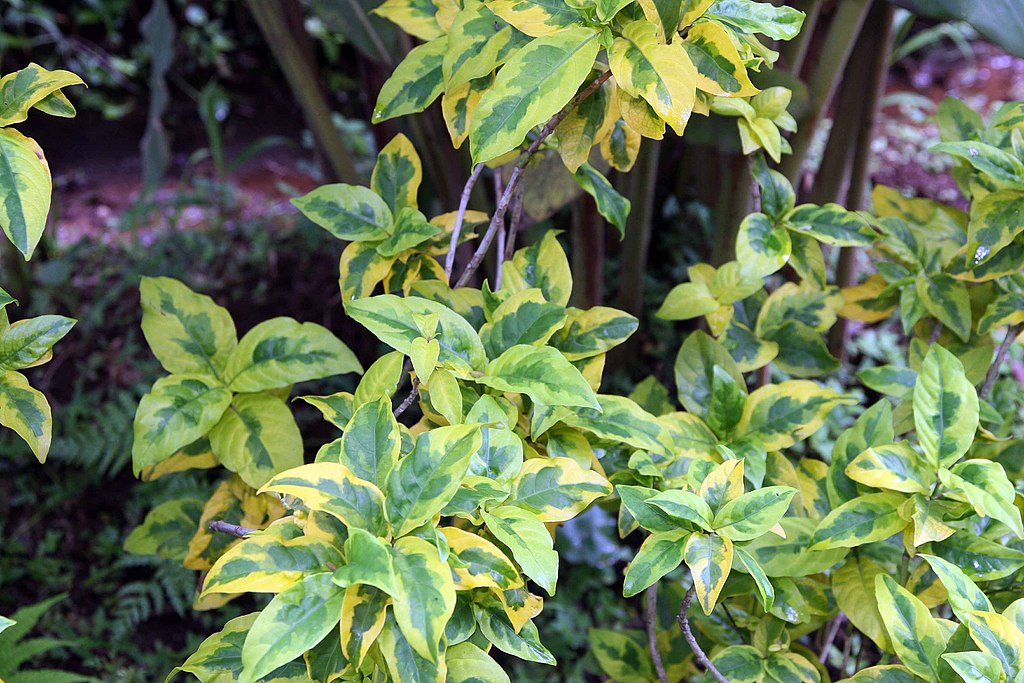
This shade-tolerant plant grows in thick mats, obstructing native species’ access to space and light. Wintercreeper depletes soil nutrients and moisture from surrounding plants, making native species’ growth and regeneration more difficult. Birds, small mammals, and water spread the invasive plant’s pink-capsulated seeds spread by vine growth. If left to grow unchecked, the vine will engulf everything in its path, including trees. Because of its rapid growth, evergreen nature, and tolerance for harsh conditions, the wintercreeper could escape cultivation easily and rapidly spread to forests throughout the state.
7. Hedera helix (English ivy).
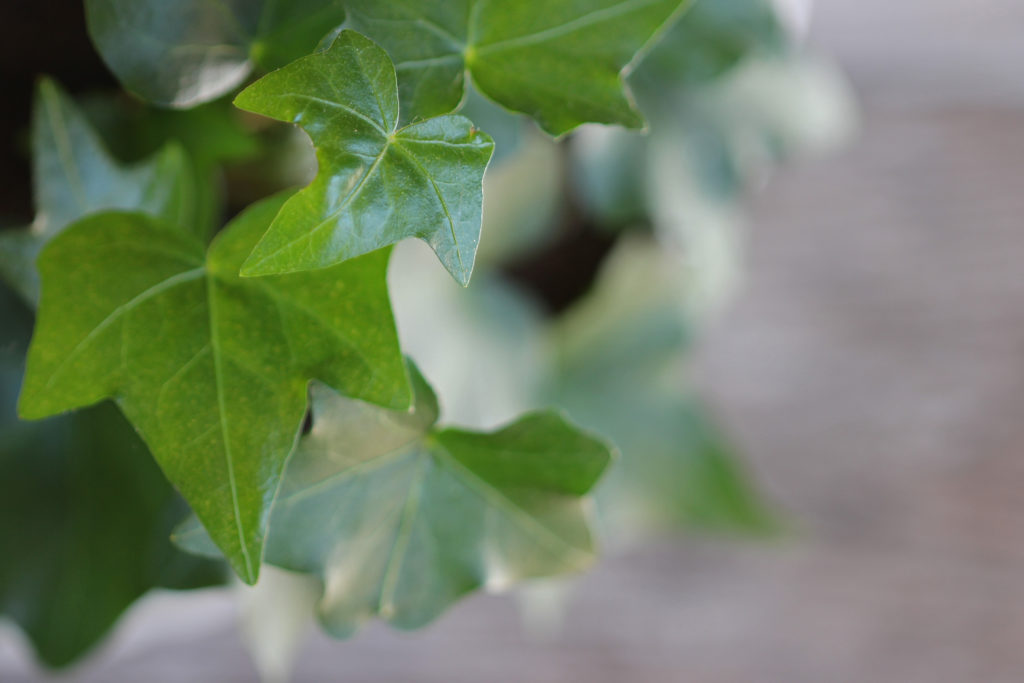
English ivy is a fast-growing vine that can be found growing as a ground cover or as a climbing vine in both disturbed and undisturbed forested areas. Ivy engulfs and destroys branches as it climbs in search of more light by preventing light from reaching the leaves of the host tree. Branch dieback extends from lower to upper branches, often leaving just a small green “broccoli head” on the tree. The host tree finally succumbs to this gradual and insidious weakening. Infested trees are also more vulnerable to blow-over during high rain and wind events and heavy snowfalls due to the added weight of the vines.
6. Lonicera japonica (Japanese Honeysuckle vine).
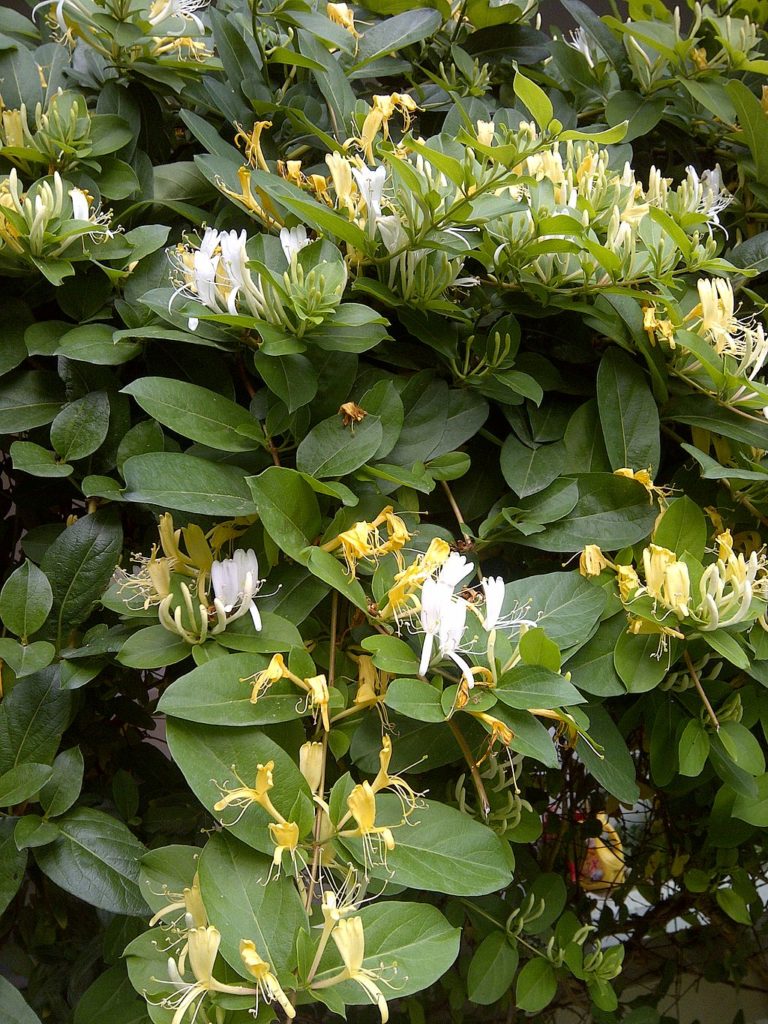
Japanese honeysuckle has few natural enemies in North America, allowing it to spread rapidly and outcompete native plant species. In many regions, its evergreen to semi-evergreen nature gives it an advantage over native plants. Girdling occurs when vines curl tightly around stems and trunks, cutting off the flow of water through the plant, which may destroy shrubs and young trees. Honeysuckle growths that cover vegetation will destroy plants over time by preventing sunlight from reaching their leaves. Japanese honeysuckle’s robust root rivalry also aids its spread and displacement of native vegetation.
5. Euonymus alatus (Winged Burning Bush).
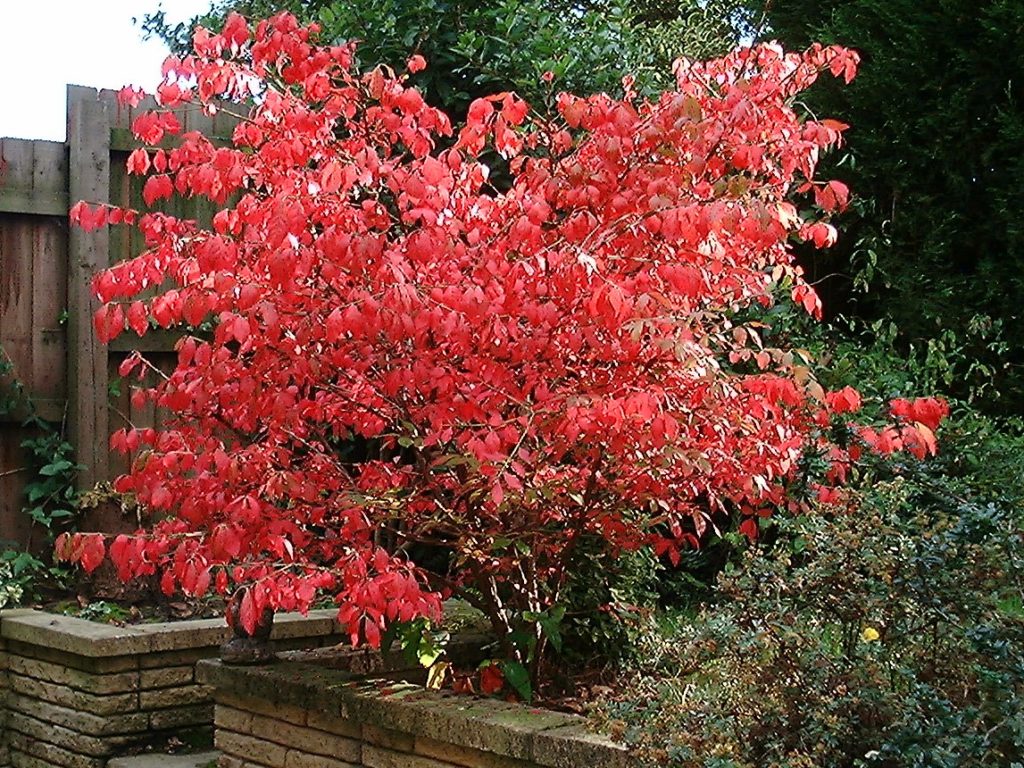
It poses a threat to several ecosystems, including forests, coastal scrublands, and prairies, where it forms dense thickets that suffocate many native woody and herbaceous plant species. In what is known as a “seed shadow,” hundreds of seedlings can be found underneath the parent plant.
The old-fashioned or winged variety, as well as the newer Euonymus Alatus Compacta, are both available. The latter is available in nurseries and garden centers, is non-invasive, and does not spread. By analyzing the roots, you can tell the difference between the two. The stems of the older, invasive variety have “wings,” while the newer variety does not. Before purchasing these shrubs, examine the stems to ensure that you are getting what you paid for.
4. Berberis thunbergii (Japanese Barberry).
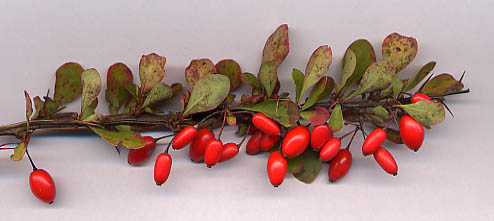
Japanese barberry grows in thick stands in natural environments such as canopy forests, open woodlands, wetlands, pastures, and meadows, causing changes in soil pH, nitrogen levels, and biological activity. Barberry takes over native plants and eliminates wildlife habitat and forage after it has established itself. White-tailed deer seem to avoid browsing barberries in favor of native plants, giving barberries an advantage. Japanese barberry has been found to increase soil pH and decrease the depth of the litter layer in forests.
3. Paulownia tomentosa (Princess tree/Royal Paulownia).
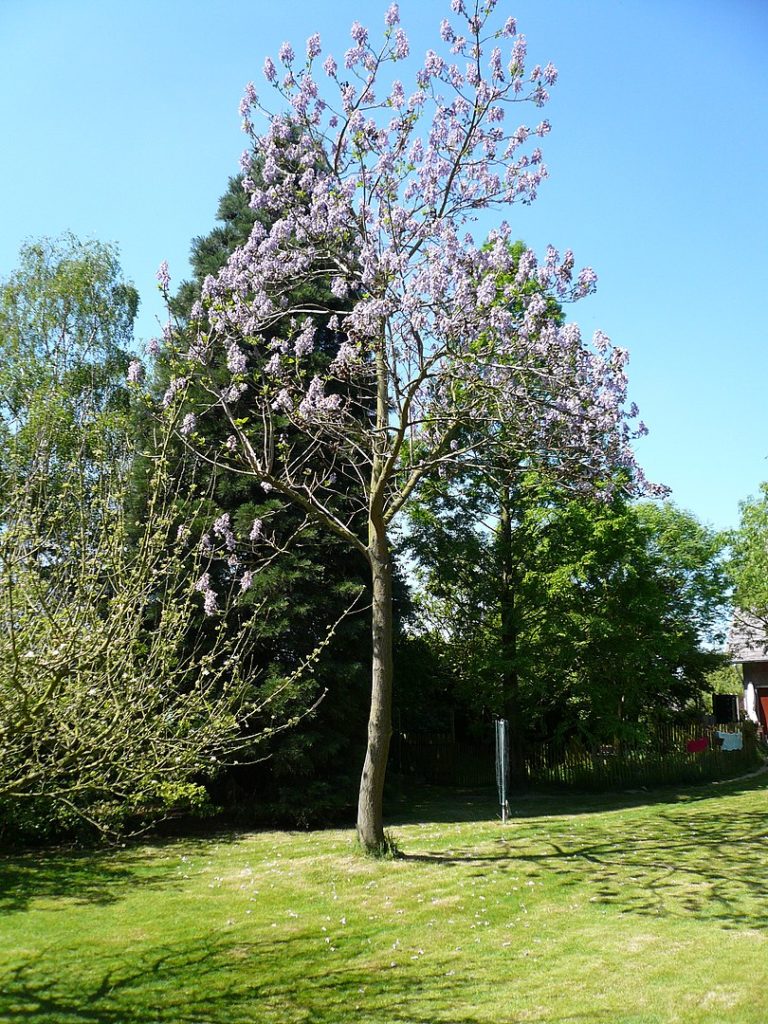
Princess tree is a fast-growing ornamental tree that thrives in disturbed natural areas such as woods, streambanks, and rocky outcroppings. Since the roots can regenerate fresh, very fast-growing stems, they can withstand wildfire. It tolerates pollution and isn’t picky about the kind of soil it grows in. It is harmful and invasive because of all of these characteristics.
2. Eragrostis curvula (Weeping Lovegrass).
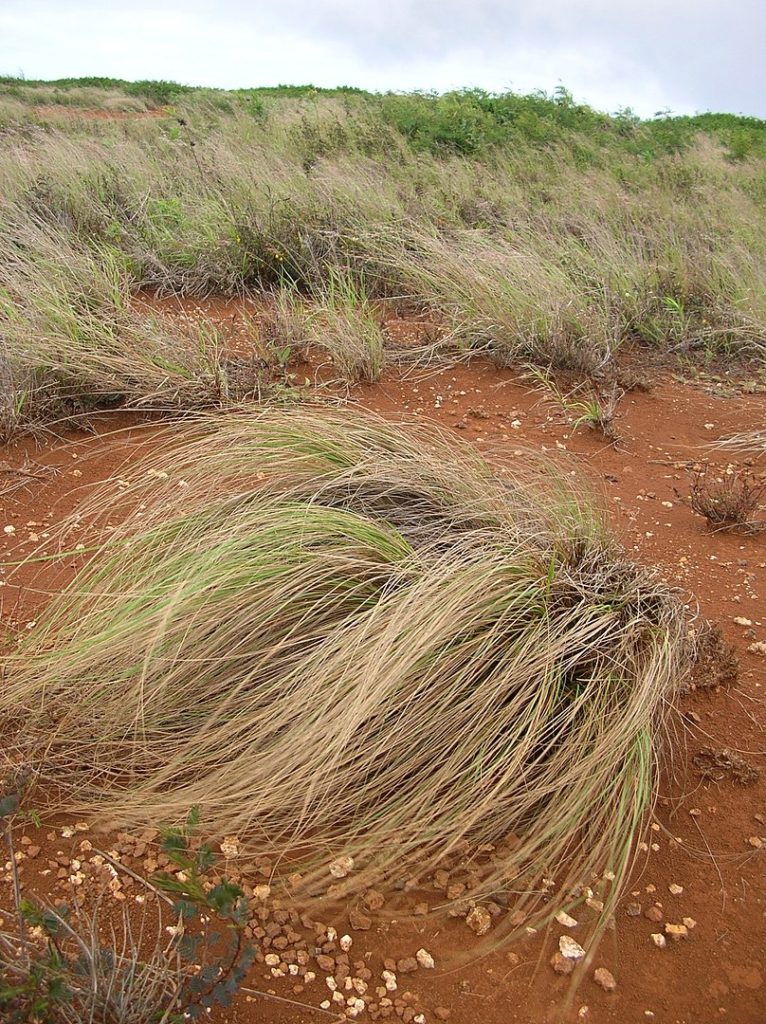
As the population of this species has risen, the natural fire regime in desert communities has changed, resulting in more extreme wildfires occurring more frequently. In contrast to native grasses, it is not highly favored for grazing by livestock and wildlife, which has become increasingly dominant in many native plant communities. It proliferates, produces large amounts of viable seed during its first season, and can spread at a rate of 175 meters per year.
1. Spiraea japonica (Japanese spirea/Japanese Meadowsweet)
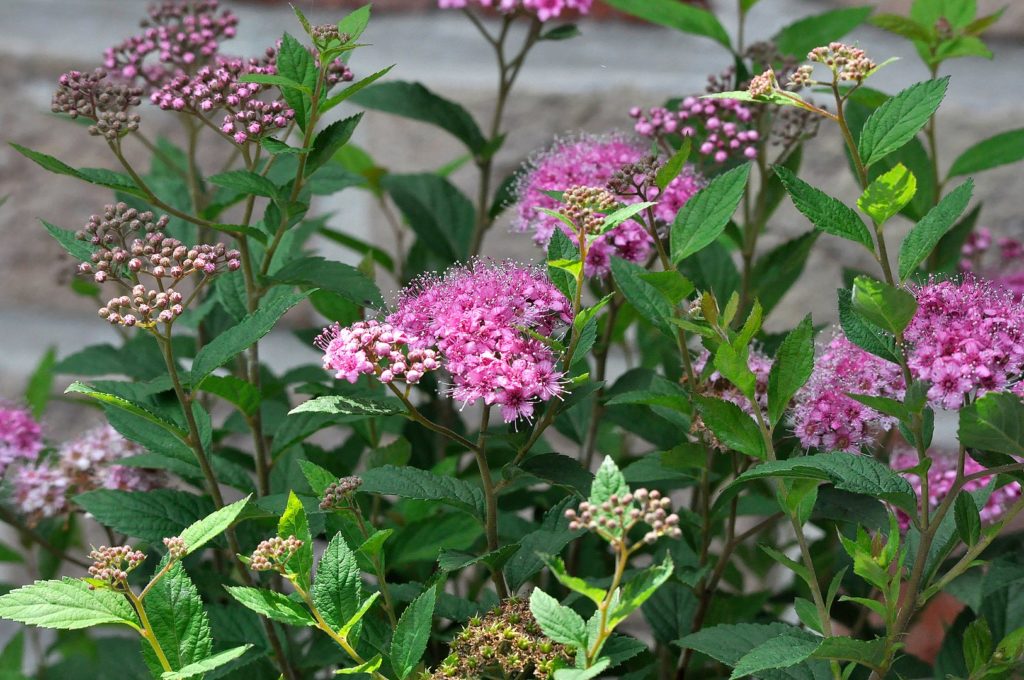
Spiraea japonica can quickly colonize disturbed areas. Increasing populations are encroaching on meadows, forest gaps, and other areas. Spiraea grows quickly once established, forming dense stands that outcompete many native herbs and shrubs. Japanese spiraea seeds can live in the soil for several years, making management and restoration of native vegetation extremely difficult.
If you are looking to start your garden, check out the links in the description for our recommended books and audiobooks.
Don’t forget to download the free ebook too.
Backyard Gardening Book (paperback)
Backyard Gardening Book (audiobook)
Urban Gardening Book (paperback)
Urban Gardening Book (audiobook)

